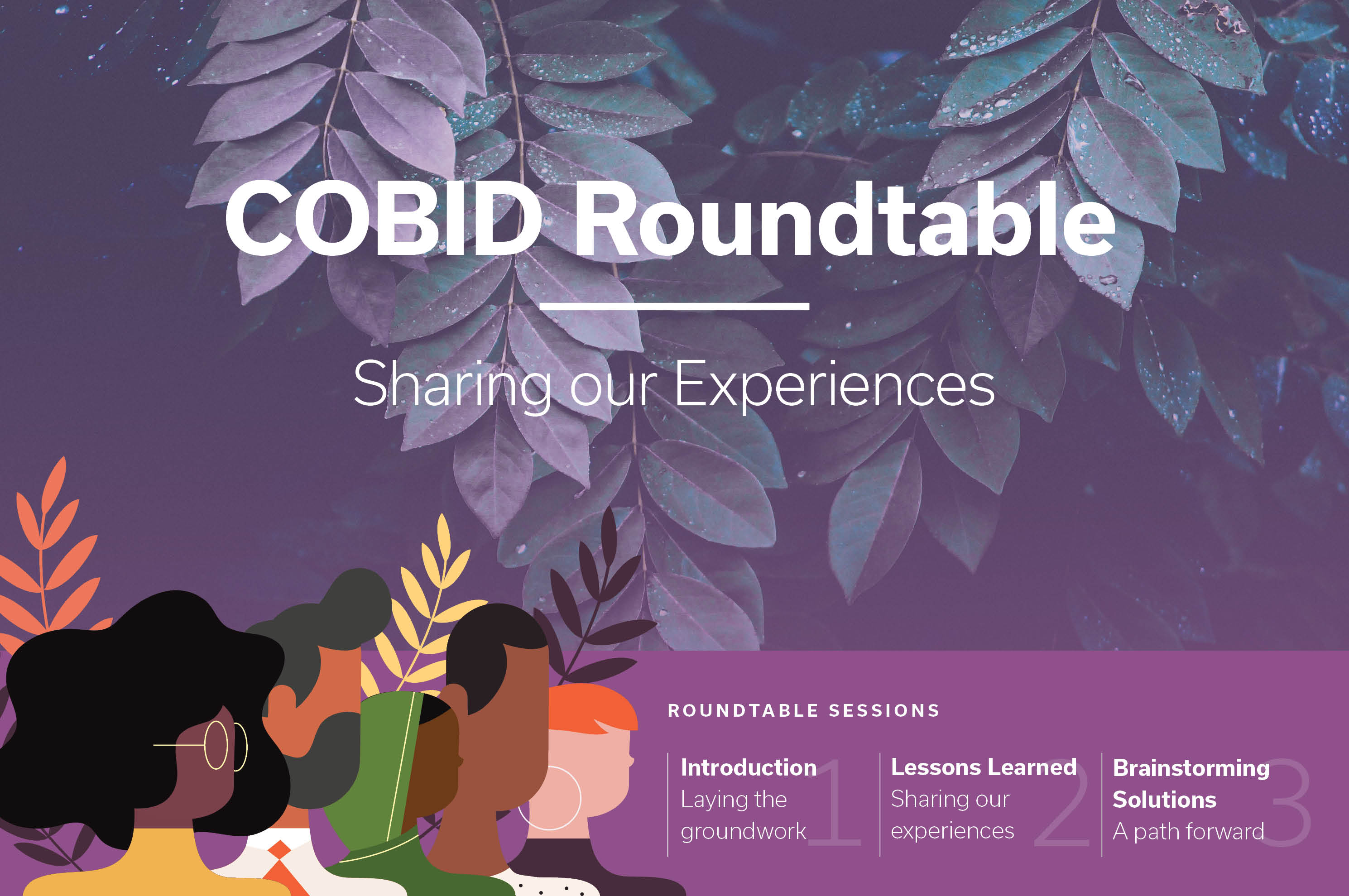Growing Together: An Honest Discussion on the State of COBID Partnerships
Sparked by discussions in PAE’s internal Justice, Equity, Diversity, and Inclusion (JEDI) Committee, PAE put together a series of conversations with our COBID peers to answer questions and explore ways to support and learn from each other. This is a recap of the second of three roundtables.
As some of you know, sparked by discussions in PAE’s internal Justice, Equity, Diversity, and Inclusion (JEDI) Committee, our firm has put together a series of conversations with our COBID peers to discuss the status of COBID partnerships and how to work effectively together. In our first conversation, we got familiar with our peers, building relationships and trust to lay a solid foundation for development – you can read more about how that first discussion went on my colleague, Ruwan Jayaweera’s post here.
Our second roundtable was a great window into the perceptions that smaller, COBID firms and larger firms like PAE have of each other. There are several lessons learned about what goes right and what can be improved on with ongoing, working partnerships such as these.
One key aspect I want to highlight is the perception of the capacity and quality of these firms. Inclusion of these firms isn’t charity, it’s a mutually beneficial arrangement that’s being contractually required by public organizations to attempt to correct historic inequity in ownership of AEC firms. We have work to do on both sides of the equation to better understand our individual qualifications, needs, availability, and resources.
Here are a few lessons that we walked away with:
Community – A ‘partnership’ lens often works better than a ‘mentorship’ one because both parties have value to bring to the table.
Teaming – Knowing what specialties and niche expertise each COBID firm has allows a larger firm to pick the correct consultant for the scope of work. Additionally, last minute teaming arrangements can create headaches for everyone involved.
Contracts and liability – Design and long-term liability are greatly impacted by division of scope and responsibility. Consultants have to make careful decisions on who should be the Engineer of Record, and where the majority of liability should lie.
Scale – Larger firms like PAE have a ‘bulk discount’ on resources, disciplines, and labor. Smaller firms are greatly impacted by delayed billing and budgeting on the promise of payment while doing up-front work for free is difficult.
Staffing capacity – Smaller firms have lower capacity which can lead to fluctuating availability on projects. Staying in communication and not assuming availability is key.
Business and marketing resources – COBID firms, which are frequently smaller and newer than the non-COBID firms they partner with, are less likely to have access to comprehensive marketing and business management resources. This can impact accounting, qualifications development, business development, and other business functions.
Coordination with internal and external team members – Shared files, programs, calendars, and other valuable coordination resources can put a strain on scheduling and collaboration. This is a larger issue on projects that attempt to integrate partners into the ongoing design process than projects that break out discrete sections of scope for COBID partners to manage. Striking a balance between a cohesive design team and efficient coordination is difficult, but important.
Debriefs and wrap-ups – Feedback about the partnership process is important. While discussions like these roundtables are insightful, higher-frequency, project-specific debriefs can help partners with valuable information about strengths and opportunities for improvements in the process.
Perceptions of the COBID label – A salient issue in the Oregon market, the great need for COBID-certified firms coupled with the issues discussed here has led to (in some circles) the perception that COBID firms are inherently lower quality than their non-certified counterparts.
Overall, it was an insightful discussion and as we look to the third and final roundtable about a path forward, it’s important to remember that we don’t need to wait to implement these lessons, we can start right away.
Originally published on LinkedIn by Jeff Becksfort.



